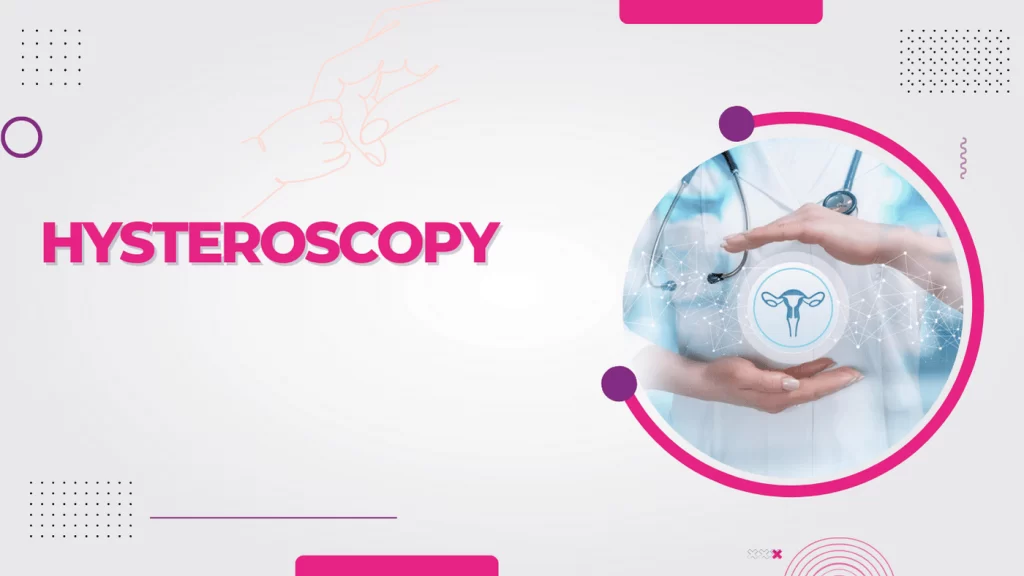
Hysteroscopy is the inspection of the uterine cavity that allows diagnosis and treatment of various uterine abnormalities which could lead to fertility problems. Uterine abnormalities such as fibroids, polyps, uterine septum, or other congenital abnormalities can lower a woman’s chances of conception or increase the chances of miscarriage. These abnormalities can make it difficult for an embryo to implant or be nurtured during pregnancy. Fortunately for patients with these uterine abnormalities, surgical correction can in most cases correct the fertility problem and allow normal conception and pregnancy. This is possible by an endoscopic procedure called hysteroscopy.
Hysteroscopy is a valuable diagnostic and therapeutic modality in the management of uterine factors of female infertility. Traditionally, hysteroscopy has been utilized for diagnostic and operative intervention for endometrial polyps, submucous and pedunculated fibroids, intrauterine adhesions, and uterine septa. It is also useful for the diagnosis of congenital anomalies and evaluating endocervical anatomy.
The procedure is generally done in the early part of menstrual cycle when the endometrium is thin which allows good visualization of uterine cavity. The procedure is done under sedation or short general anesthesia. Then a narrow tube with a telescope at the end (called hysteroscope) is passed through vagina and cervix into uterine cavity, which gets distended with fluid medium. The images are viewed on a screen and recorded. The surgeon can then check for fibroids, polyps, adhesions, septa and other malformations. If any are spotted, they can usually be sorted out at the same time – i.e diagnostic hysteroscopy is converted to operative. In the same sitting operative hysteroscopes are passed and found abnormality can be corrected. Additionally endometrial biopsies can be taken during the procedure from suspected areas to rule out infections, tuberculosis, hyperplasias and other implantation disorders.
Complications of hysteroscopy are bleeding, infection, perforation and injury to adjacent organs, fluid overload, anesthesia related complications.
A hyteroscopy can be usually beneficial to patients owing to incidental findings of many abnormalities of uterus during routine hysteroscopies. It also increases the chances of conception due to local endometrial scratch. Hence talk to your fertility specialist about need of hysteroscopy in you to enhance your chances of conception.